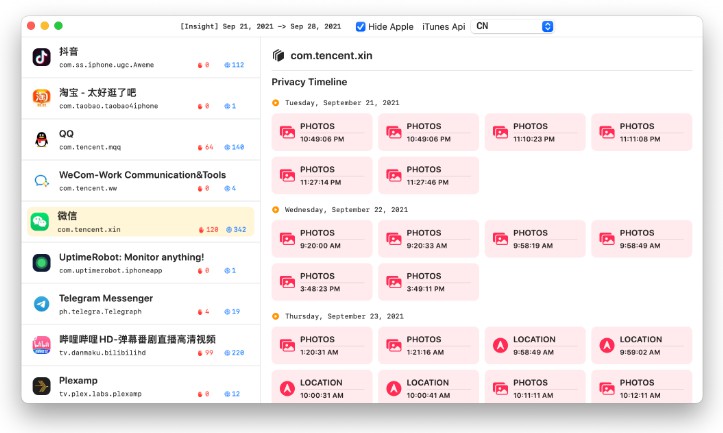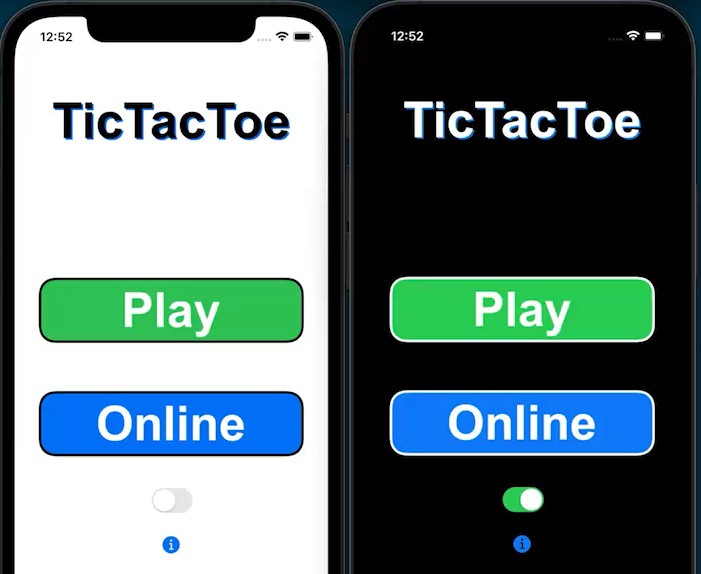Pseudolocalize
Build your App UI to adapt and respond to translations, and find localization bugs!
Usage
pseudolocalize("Hello")
// "[~Hêëèllóøõ~]"
Using in an app
Here is how you might override the built-in NSLocalizedString(_:comment:) handler in a simple iOS App:
#if DEBUG
import Foundation
import pseudolocalize
func NSLocalizedString(_ key: String, comment: String) -> String {
let value = NSLocalizedString(key, tableName: nil, bundle: Bundle.main, value: "", comment: "")
return pseudolocalize(value)
}
#endif
For apps with more complex abstraction or multiple strings files, you may want to generate/preprocess your en.lproj/*.strings files and run pseudolocalize() as a Build Phase.
Advanced usage
There are a number of different options you can take advantage of.
pseudolocalize("Hello"
accents: true,
vowelExpansions: 2,
idealExpansionRate: 2.0,
encapsulated: true)
Features
- Accenter: Replaces the vowels of your string with extended character versions.
- Encapsulator: Wraps your text in brackets to highlight issues with concatenation.
- Expander: Makes your text longer to simulate the length of other languages.
License
MIT License






